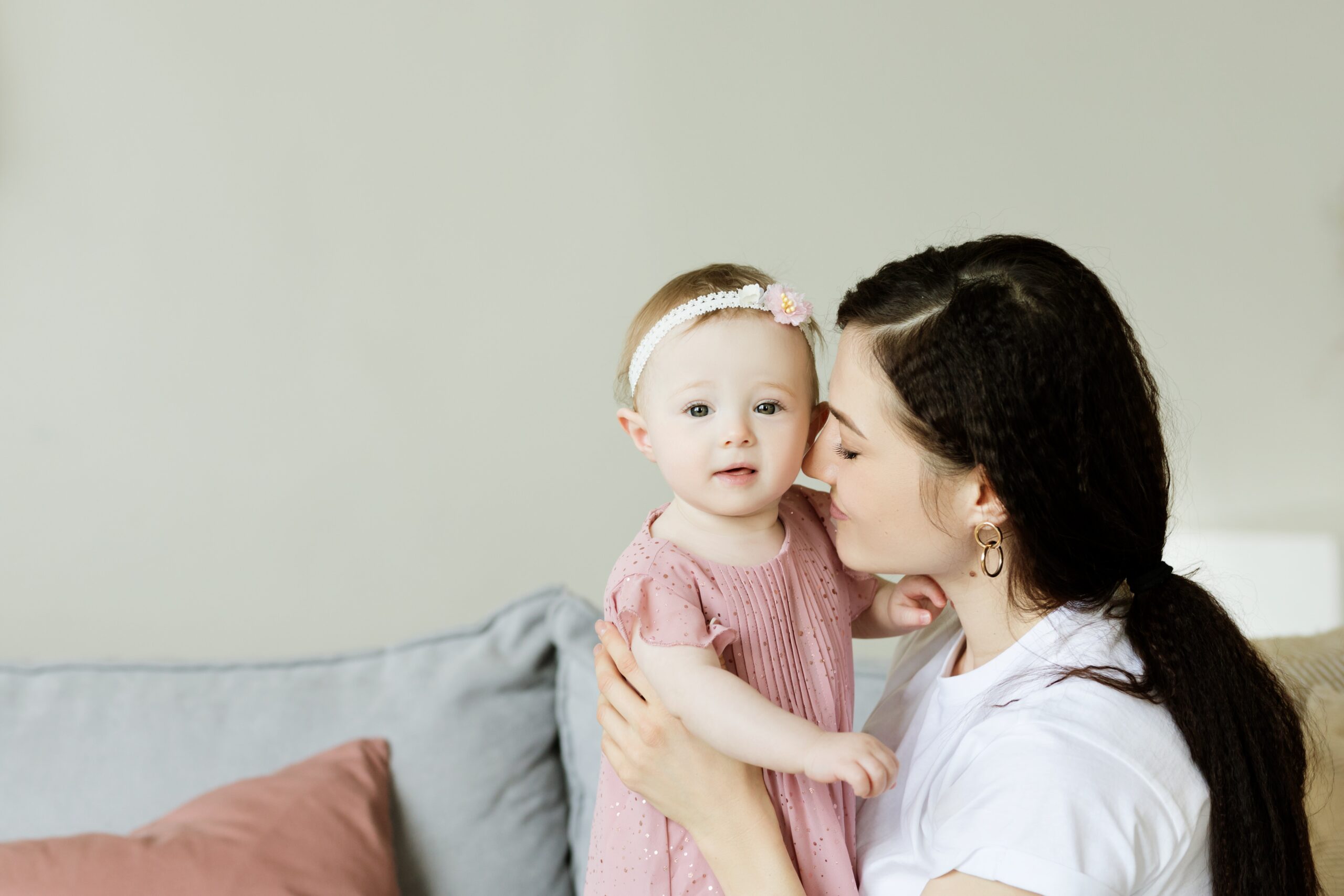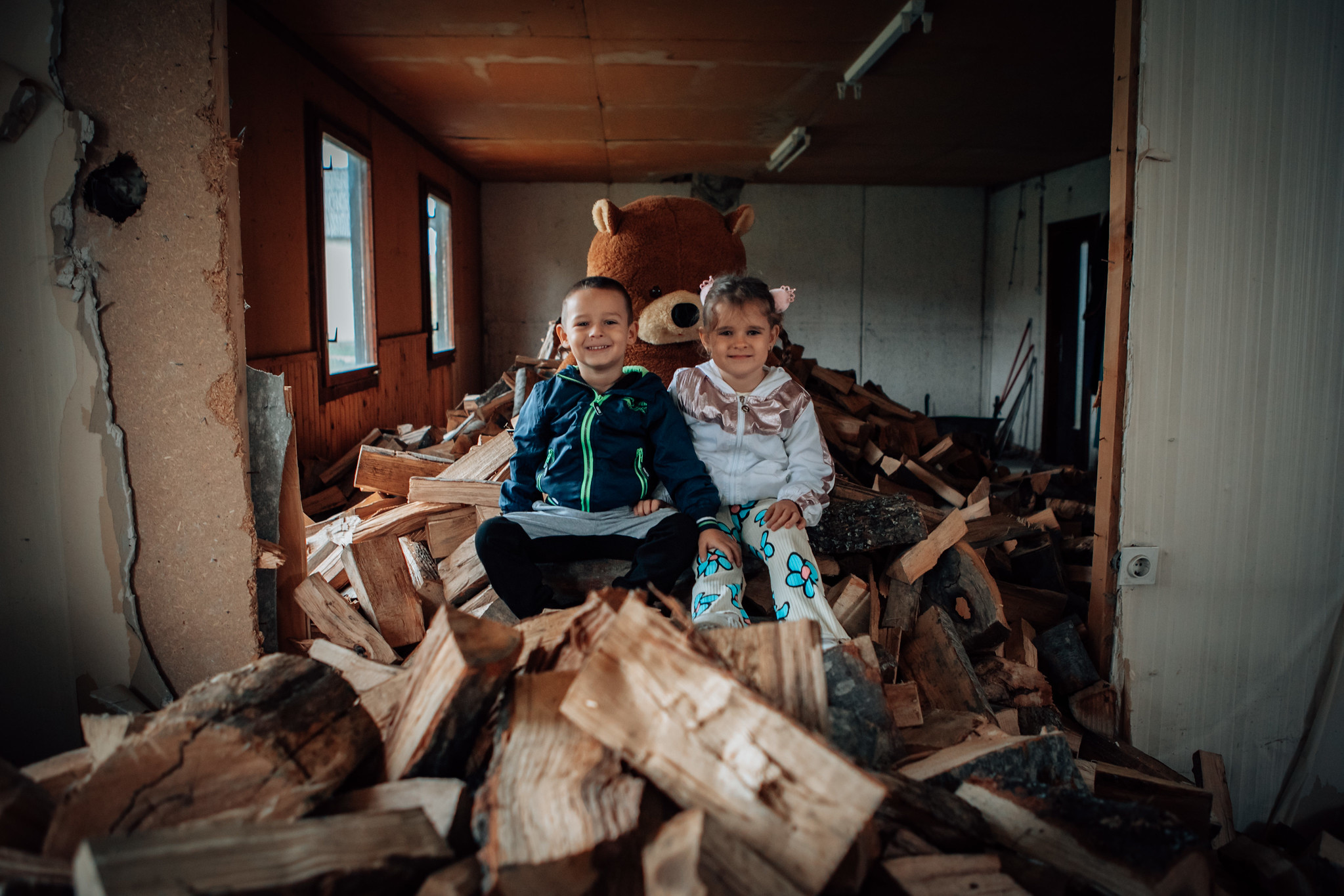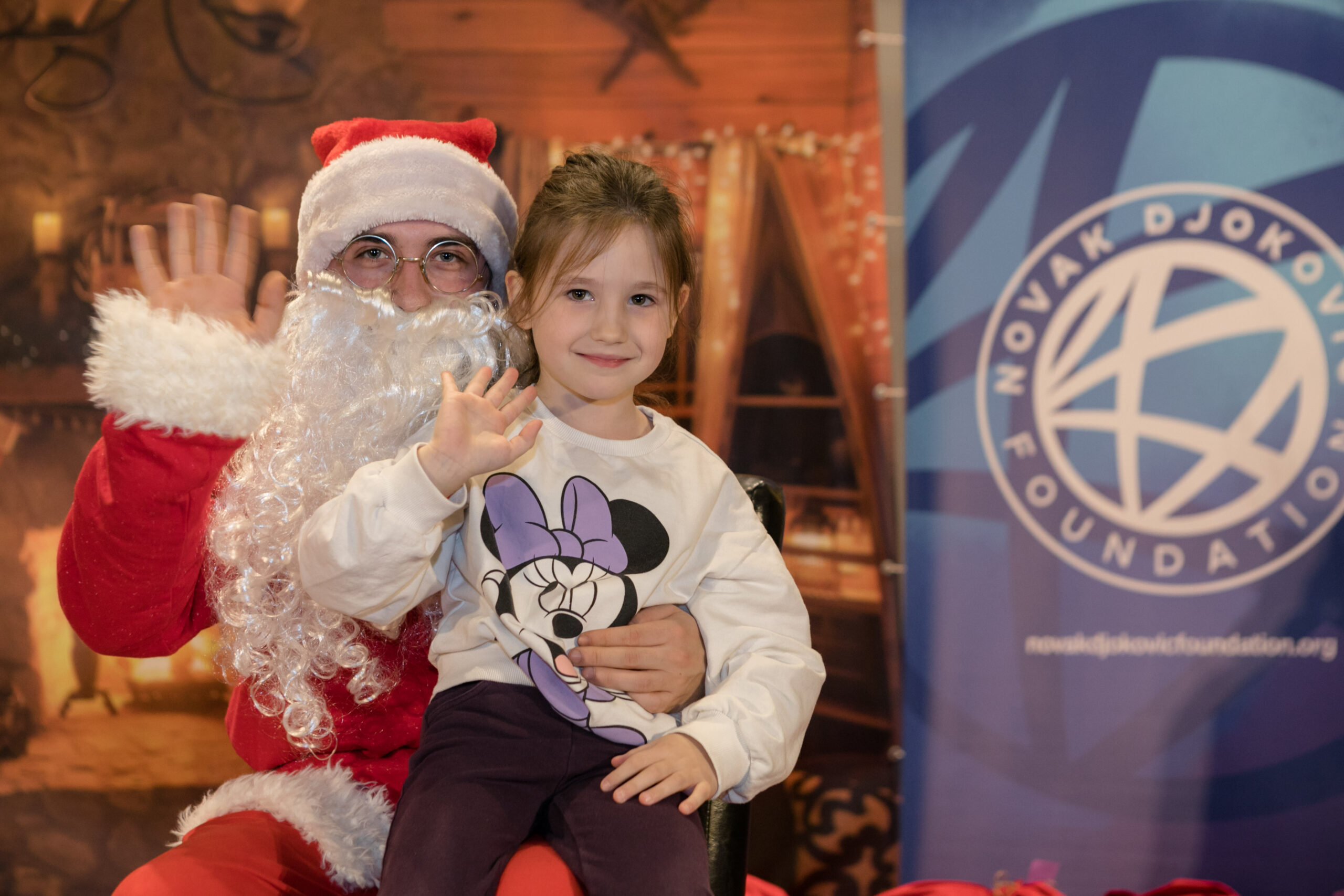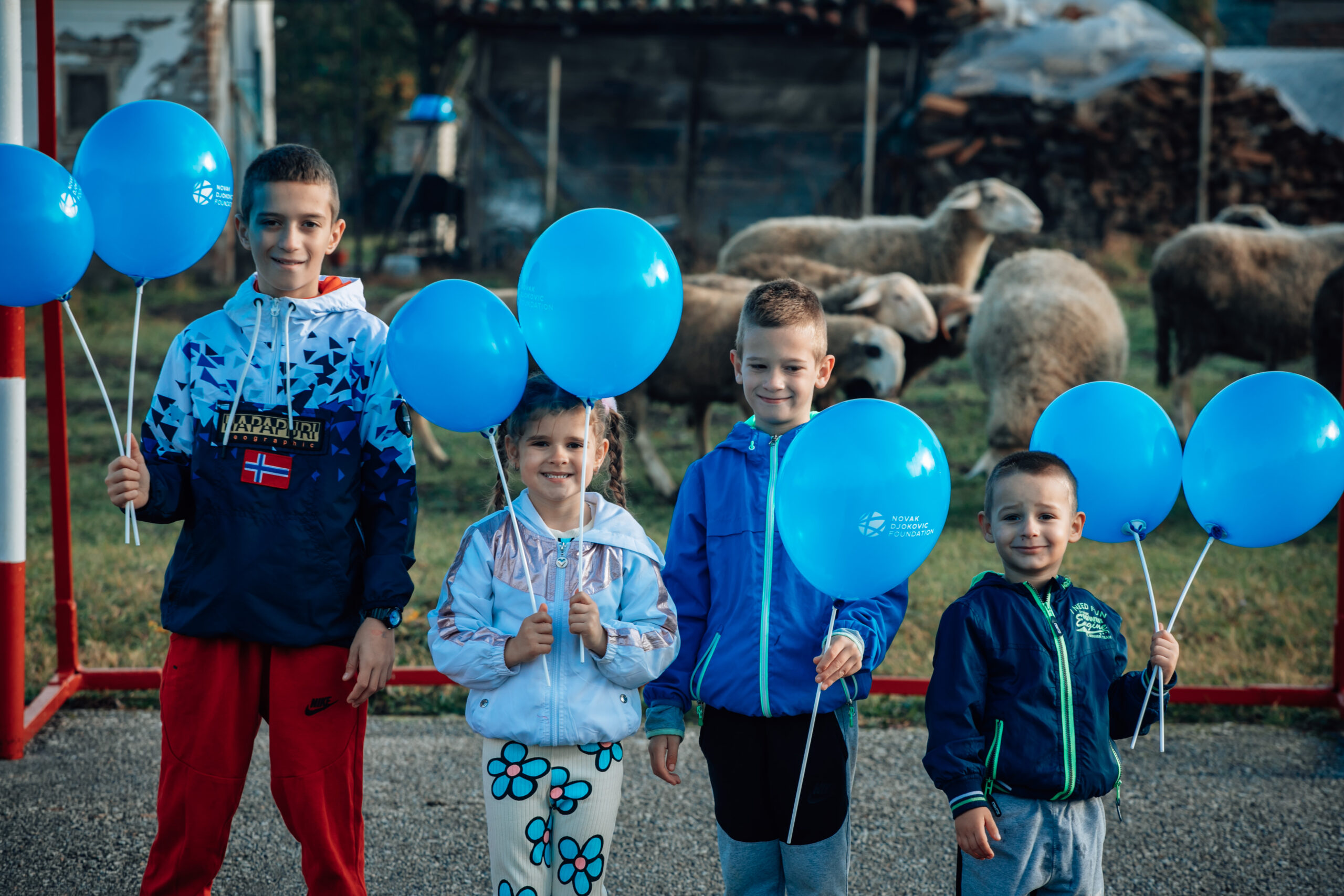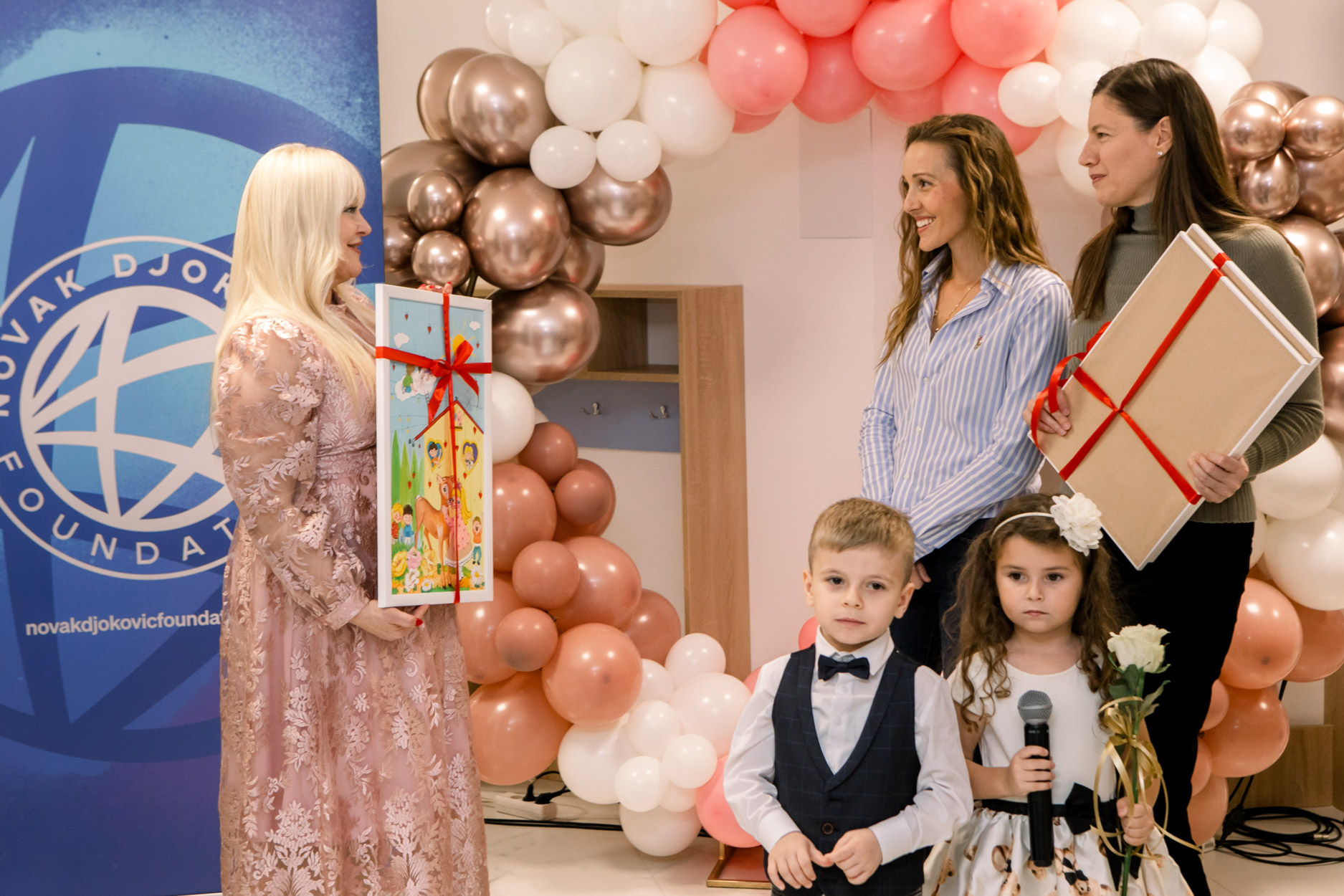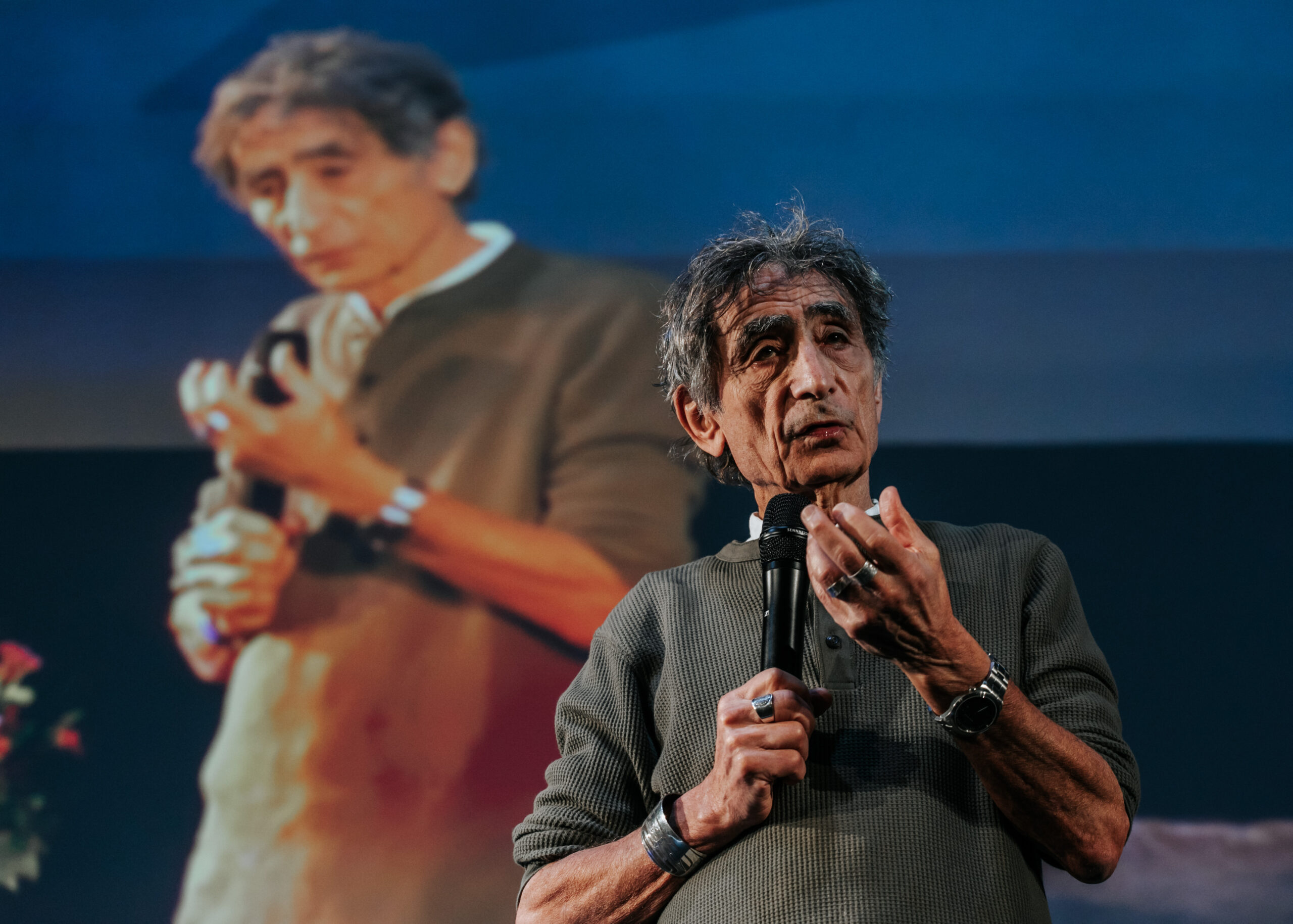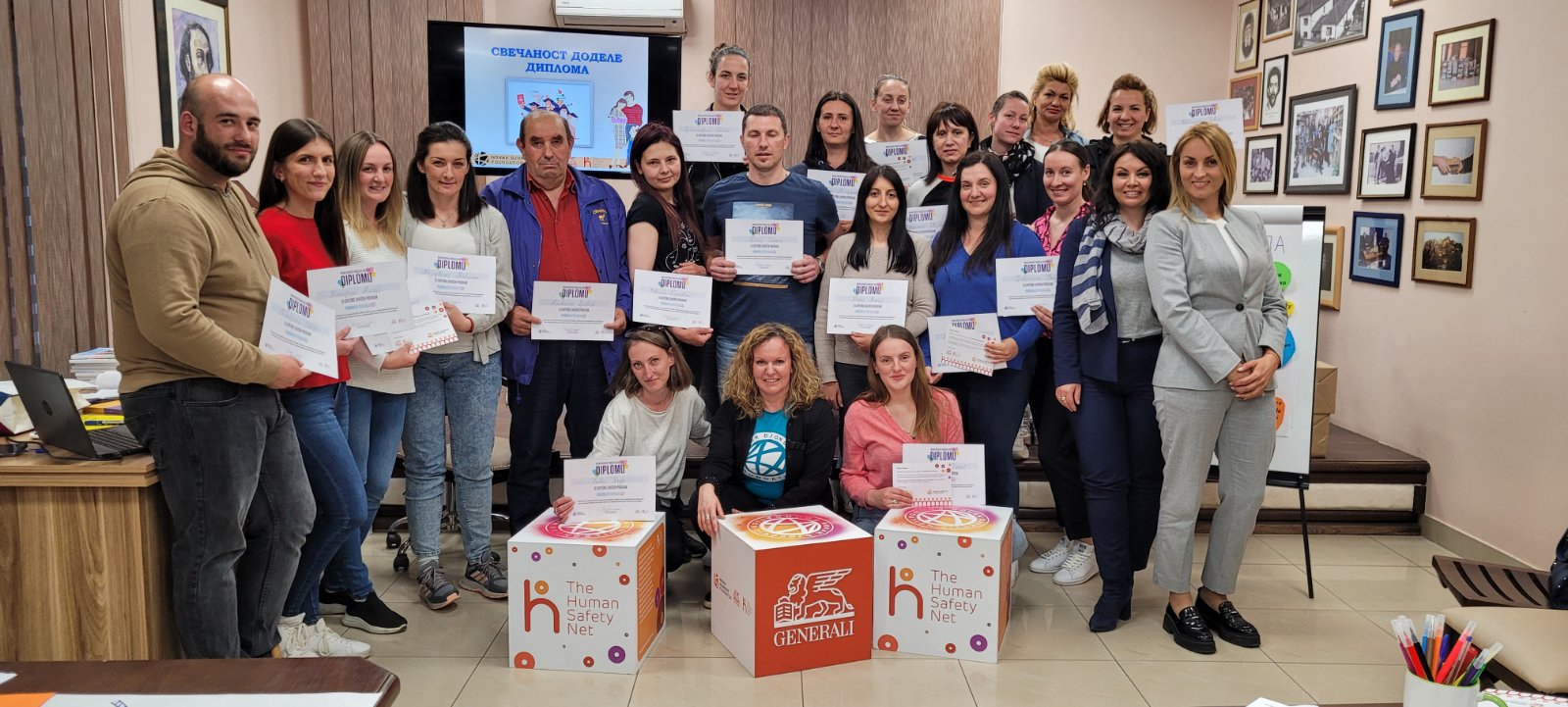Attachment is the emotional connection a child forms with their primary caregiver, which is important for their cognitive, social, and emotional development, and is crucial to a child’s behavior and the relationships they will form in subsequent periods of their life. Because an infant’s brain is sensitive to that attachment bond, parents need to understand their attachment style so that their child can form a secure attachment and develop the necessary skills to respond to a child’s nonverbal signals. That will help the infant grow up into a self-confident, loving, and trusting individual who is able to develop and maintain meaningful and deep relationships with those around them. In this blog post I will explore how childhood attachment affects a child’s behavior and relationships.
-
What Is the Primary Caregiver’s Importance?
The primary caregiver plays the most important role in the formation of their child’s attachment style. According to family law, a primary caregiver is defined as one who has the greatest responsibility for the daily care and rearing of their child which include their feeding, bathing, grooming, and clothing. To be more specific, the primary caregiver is the one who meets their child’s physical needs more than anyone else. In most cases, the primary caregiver is a child’s birth mother.[1] The father is usually considered to be the secondary caregiver. Recent trends show that fathers tend to take a greater part in the care of their children than in the past despite the gap between the parents’ attempts to parent more equitably and the actual parental leave policies.[2] Still, the primary caregiver is considered to be crucial to the formation of a healthy childhood attachment. To form a healthy attachment, the child needs to receive proper care and love from their caregiver in the different stages of attachment.[3] The different attachment stages, starting in the first few weeks of a child’s birth and continuing after the child’s first ten months, progress from the mother fulfilling their child’s basic physical needs to the mother forming a deeper bond with their child through behavioral and motivational patterns.

Attachment is the emotional connection a child forms with their primary caregiver, which is important for their cognitive, social, and emotional development, and is crucial to a child’s behavior and the relationships they will form in subsequent periods of their life.
-
How Can the Primary Caregiver Respond to Their Child’s Nonverbal Signals?
Since the child’s brain is expanding the most during the child’s infancy period, both parents, but the mother precisely as the primary caregiver, need to carefully react to their child’s behavior and make sure that they keep their emotions in check before responding.[4] More specifically, the primary caregiver needs to respond in the proper manner to their infant’s nonverbal signals such as crying, cooing, pointing, and smiling. Those proper responses include reading and interpreting their child’s cues, feeding, and comforting the child. In addition, the mother needs to be mindful of and careful with her own behavior and words she speaks as a child can notice, remember, and ingrain them in their brain. Because children are intuitive and sensitive toward their primary caregiver’s cues, and in some cases, she can even transmit her own anxiety to her children, she needs to understand her own attachment style and take care of herself and her emotional needs first.[5]
-
What Is the Impact of Attachment on a Child’s Behavior?
The attachment style a child forms, as a result of the attachment they form with their mother, has an impact on a child’s behavior and the patterns they re-create throughout their life until they spiritually wake up.
- Securely attached children trust that they have the fortitude to deal with loss, explore freely, tend to have more sensitive and responsible parents, and maybe even inherit certain genes from their parents which give rise to secure attachments allowing them to be sensitive and responsive toward infants when they have their own children.
- Ambivalent-insecure children tend to have little desire to explore on their own and tend to have parents who are comforting but not in tune with their children’s needs.
- Avoidant-insecure children also don’t explore much on their own and tend to have parents who are emotionally unavailable and, as a result, those children give up on trying to signal their needs.
- Disorganized children tend to exhibit a mix of avoidant and resistant behaviors and are at a greater risk for behavioral and developmental problems once they grow up. They tend to have parents who intentionally or unintentionally exert control over their children.
-
What Is the Impact of Attachment on a Child’s Relationships?
Now, let’s explore how those attachment styles can impact adolescent and adult relationships.[6]
- Securely attached individuals appreciate their own self-worth, express their feelings, hopes, and needs, maintain their emotional balance, and seek for healthy ways to manage conflicts in any of their relationships.
- Ambivalent-insecure individuals crave intimacy in any of their relationships but still are unable to trust the other person fully. This leads them to get fixated on people’s opinions and their sense of self-worth relies on the manner with which others treat them.
- Avoidant-insecure individuals tend to be independent and take care of themselves but are uncomfortable with their emotions. In their relationships they tend to withdraw the needier the other person becomes and, therefore, need to learn that all humans crave connection and are deserving of it.
- Disorganized individuals feel as though they don’t deserve love or closeness in a relationship and even fear it. They tend to be controlling, selfish, and untrusting toward others and shy away from relationships in general.

The primary caregiver should be mindful of their own emotions as they take care of them through journaling, meditation, and yoga.
-
Why Does a Primary Caregiver Need to Take Care of Herself First?
Poor attachments have been found to be linked to different disorders such as post-traumatic stress disorder, oppositional defiant disorder, conduct disorder, low self-esteem, depression, and anxiety. They are the result of a primary caregiver’s own trauma and/or anxiety which shows up on the outside as inexperience and lack of necessary parenting skills, depression and addictions, physical neglect, inconsistency in the primary caregiver, and frequent moves during their child’s infancy. In order to develop secure attachments in their children, parents can prepare themselves to respond properly to their children’s cues. This can happen through the parents’ untangling of their own personal childhoods, healing, and understanding of their own personal attachment style. Parents, and mothers specifically, can resort to the following solutions to achieve this:
- Learn to sit with themselves alone and with others to read their own and other humans’ character;
- Notice what triggers them and learn how to behave in multiple situations;
- Pay attention to how they respond to cues coming from the outside world;
- Read self-help and parenting books;
- Be mindful of their own emotions as they take care of them through journaling, meditation, and yoga.
With personal insight and support we can increase our emotional and social well-being so that we are able to create healthy interactions and relationships with each other. All it takes is a pinch of empathy and compassion to allow ourselves to see that we are all unique as much as our children are and we need to accept ourselves and others the way they are. I believe that this is the key to a more peaceful and mindful society.
[1] https://www.lawinsider.com/dictionary/primary-caregiver; https://www.lawinsider.com/dictionary/secondary-caregiver
[2] https://www.washingtonpost.com/news/on-leadership/wp/2017/06/16/are-fathers-secondary-caregivers-a-jpmorgan-employee-claims-its-policy-is-biased/
[3] https://www.verywellmind.com/what-is-attachment-theory-2795337
[4] https://www.simplypsychology.org/attachment.html
[5] https://www.mindbodygreen.com/articles/attachment-theory-and-the-4-attachment-styles
[6]https://www.helpguide.org/articles/relationships-communication/attachment-and-adult-relationships.htm#
About the author: Christina Lalova was born in Bulgaria and moved to the United States eight years ago. She graduated from Drexel University with a bachelor’s degree majoring in Finance and Accounting. She is currently pursuing a Ph.D. in Finance at the University of Connecticut. Her professional interests are in the areas of environmental finance, ethical investing, education and development economics. Her hobbies include cooking and tennis.

